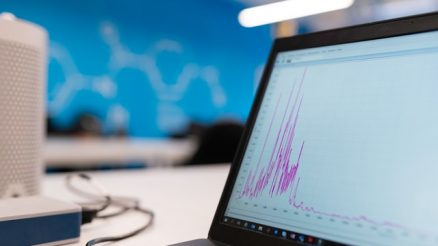Itchy skin, especially on the feet, can indicate diabetes, especially if other symptoms are present. Diabetes patients have itchy skin more frequently than people who do not have the disease. Itching that persists can be irritating and lead to excessive scratching, which can lead to infection, discomfort, and pain.
Why do diabetics’ feet itch?
Itching is a common symptom of diabetic neuropathy, a disorder caused by nerve damage caused by diabetes. Itchy skin can also be caused by skin disorders that develop as a result of diabetes. Infected skin is more likely to be dry, irritated, or itchy, and people with diabetes may not be able to prevent infections as well as those without the disease.
There are a variety of reasons why someone with diabetes may itch more frequently than others. Itching can be caused by damaged nerve fibers in the skin’s outer layers. Diabetic peripheral neuropathy is the most common cause. This is a diabetic consequence that occurs when high blood sugar levels damage nerve fibers, often in the feet and hands. High amounts of cytokines circulate the body before nerve damage occurs in diabetic people, which can cause skin itching.
Itching is common among diabetics due to problems such as renal or liver failure. Itchy skin can occur in people with diabetes as a side effect of a new medicine or as an allergic reaction to it. If a diabetic patient has an allergic reaction to a prescription prescribed by their doctor, they should contact their doctor immediately and inform them of the situation. The diabetic patient’s doctor may need to prescribe a new medication. In the winter, the skin might become dry or sensitive, resulting in itchy skin. Perfumes, colors, and powerful soaps can cause dryness and itchiness in the skin.
Sometimes an underlying skin condition can also be the reason why your skin itches when you have diabetes. Some examples of these skin conditions are:
- Fungal infection – Itching can be caused by fungal infections like athlete’s foot and jock itch. Red, heated, or puffy skin are also possible.
- Necrobiosis lipoidica diabeticorum (NLD) – This is a rare condition that usually affects the lower legs but it can also occur in other parts of the body. This condition starts as a dull, red spot with a raised surface that develops into a scar-like lesion with a dark border. It can cause pain and itching.
- Eruptive xanthomatosis – This disorder, which is more common in persons with type 1 diabetes, causes yellow lesions on the skin roughly the size of a peanut. Legs, feet, hands, arms, and buttocks are frequently affected. Every bump will be surrounded by a crimson ring and may itch.
Other reason for why your lower limbs might start to itch are because of the following:
- Thrush
- Dermatitis (eczema)
- Psoriasis
- Allergies
- Diabetic nephropathy
- Athletes foot
- Urticaria (hives)
- Chillblains



